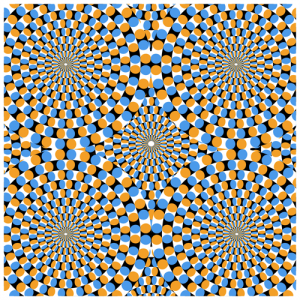The manufacture of polymer optical components requires fundamental considerations and those include:
- Designing the molded optical parts
- Designing and building the molds to produce the components
- Injection molding
- Handling of the components that manage the light
- Understanding the complexity of the surface specifications, material selection and geometry of the component
There are myriad pitfalls that could befall the manufacturer if all of these steps aren’t fully considered and accounted for, especially when the ultimate goal is the production of a flawless optical component.
The designing of optical components is complicated by not only the outside dimensions of the component and its surface finish but also by the internal structure, dimension and type of material chosen. All of these factors must be taken into consideration as they will ultimately manipulate and direct the light into the lens. Optical components are more than the concave and convex lenses that most individuals are familiar with. The lenses used internally in telescopes and microscopes also house “plastic” components that include: vials, light pipes, guides and testing trays and these are more complex than the external lenses in many cases.
The use of polymer optical components allow for the configuration of complex irregular shapes that work together to perform a singular function. As an example, these lenses are used behind dash displays, in radio and air conditioner controls found in cars, and in medical trays and test vials. The slides that were used under petri dishes in high school science classes have been replaced by polymer assay test trays. The test trays house optical components that direct, amplify, reflect, focus, diffuse and manage light.
Before polymer optical components are manufactured and produced the designer needs to understand the intricacies of how the final product will be utilized. The manufacturer also needs to understand the physical environment in which the lens will be used and in which type of device it will be housed. Also of consideration will be the type of light source the lens will be subjected to.
Those seeking lenses are urged to spend money on a quality mold as this step will help reduce costs and prevent re-molding issues. Quality over price should be a consideration from the beginning of the design and manufacture process.
Universe Kogaku designs and manufactures optical lenses and mounts for industrial, medical, high tech and electronic applications. We can also assist with standard and custom lens assemblies for scanners, CCTV, CCD/CMOS, medical imaging, surveillance systems, machine vision and night vision systems.